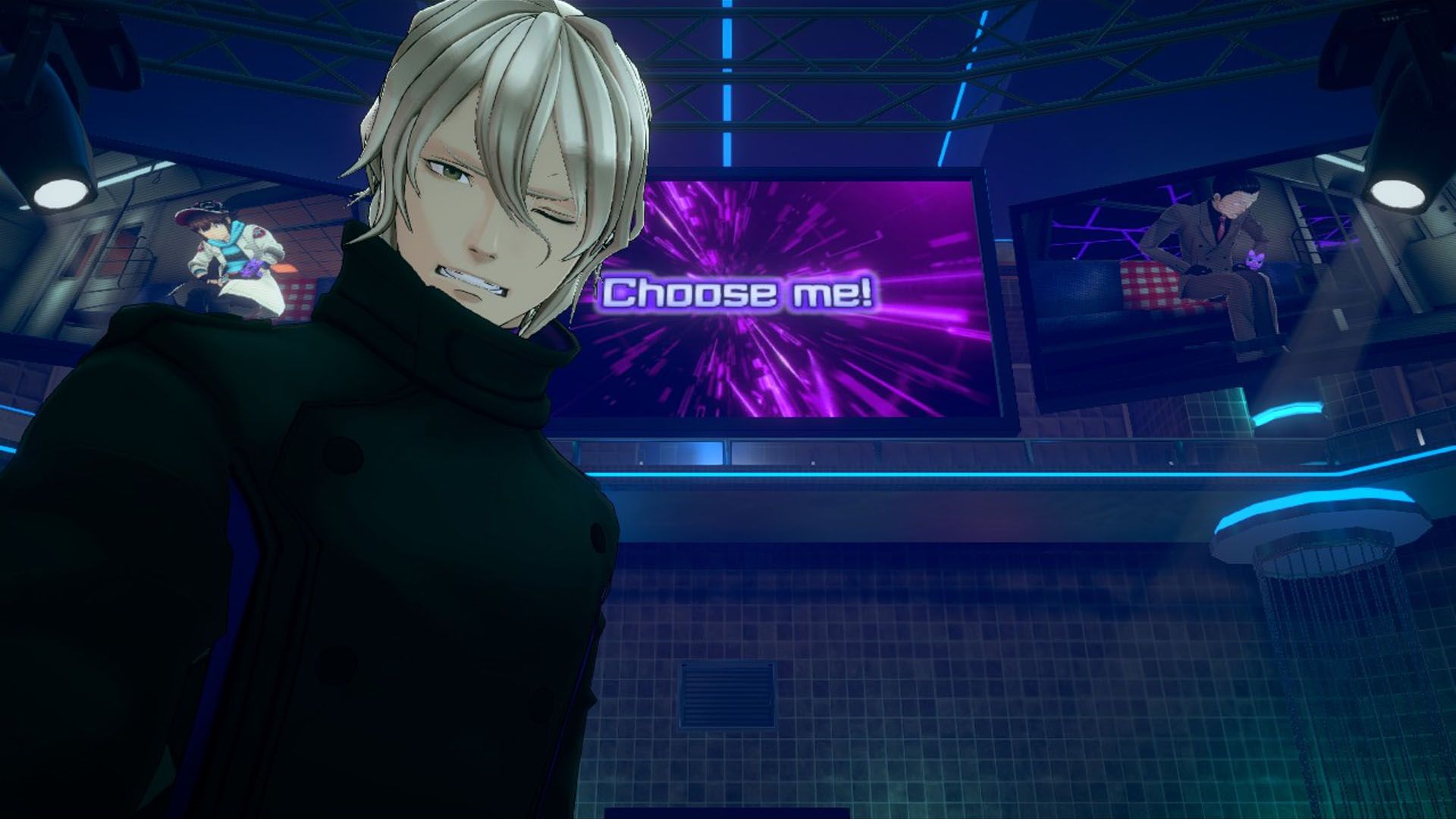When AI: The Somnium Files released in 2019, I was first drawn to the narrative adventure’s jokes and absurdity. But what really drew me in were the Somnium puzzle segments, in which detective Kaname Date investigated characters’ minds. By using a high-tech device, Dante can enter someone’s unconscious and explore a tridimensional representation of it as a means to help him to solve a case. In a very Inception-like structure, he unlocks deeper levels of that dimension by learning new pieces of information and figuring out the truth hidden in that person’s mind.
The latest game in the series, No Sleep for Kaname Date – From AI: The Somnium Files is out now, but the mesmerizing mind mazes take a backseat to more traditional puzzles: escape rooms. It’s a letdown, not because they lack complexity or purpose, but because they’re not as emotionally and intellectually compelling as the mind-boggling puzzles that each Somnium offers.
No Sleep for Kaname Date is the third game in the Somnium Files series, and it has a good reason to focus on escape rooms. First, we’re talking about a Somnium Files game, the series created by Kotaro Uchikoshi, who’s also the creator of the famous visual novel series Zero Escape. And yes, Zero Escape has escape rooms. The second reason is tied to No Sleep for Kaname Date’s main story, which I don’t plan on addressing here since it’s a mystery game. So, let’s keep it mysterious.
That No Sleep for Kaname Date loves its escape rooms is not a secret. There are three Somniums and four escape rooms in the game, while most of the really important moments take place around or in one of the latter. Escape rooms always face an ontological conundrum, though. They take place in the real world. Although one of the escape rooms in No Sleep for Kaname Date is supposedly set in an alien spacecraft, the characters need to figure out how to “negate” gravity to reach the exit on the ceiling. In another one, they need to use night-vision goggles to find clues. After all, one can’t see in the dark. Of course, it’s possible to imagine intricate multi-layered escape rooms, but there is a limit. And there’s logic. On the other hand, the Somniums in the Somnium Files series, while respecting their own logic, know no limit.
I’m an enthusiast of psychoanalysis theory. I studied a bit of Sigmund Freud, father of psychoanalysis, and Jacques Lacan — one of the big modern names in the field — during graduate school. My advisor would always remind us that, according to Lacan, the unconscious is structured as a language. I won’t pretend I understand this aphorism completely, but the basic idea is that whatever appears, for instance, in a dream, should not be taken literally. Dreams are representations created from a web of connections that one has established unconsciously, and exploring someone’s mind involves mapping these relations, allowing the individual to weave their meaning. I don’t know if Kotaro Uchikoshi read Lacan. Whether he did it or not, the Somnium Files games play around a similar concept.
In AI: Somnium Files Nirvana Initiative, the second game in the series, there’s a Somnium in which you need to choose the option to “Breath In” next to a fire for the torch to get sucked into the character’s nostrils and solve the puzzle. This is absurd, but since Somniums are like dreams, it just makes sense. This is only plausible because it happens inside someone’s mind, and this plausibility, afforded by how our minds work, creating connections between symbols, ideas, and feelings only we can understand, makes Somniums the perfect playground for puzzles. After all, solving a Somnium depends on figuring out who that character is at the deepest possible level.
One of the few Somniums we play in No Sleep for Kaname Date is beautiful. It takes place in a subway station. We don’t know whether the station represents a real place that is important to the character. Maybe it symbolizes their inner thoughts, like the concern with the fleeting nature of life. In the train, there are numbers marking the doors, which you can’t open if your own number — there’s one floating above you too — is lower than the one displayed on it. This logic ruling your movement is meant to represent the numeric, rational gaze that one of the characters sees the world through.
While the escape rooms in No Sleep for Kaname Date are fun and challenging, none of them struck me like the few Somniums the game has. These rooms lack the flavor that human experience, trauma, and sentiments bring to the table when metamorphosed into sublime symbols. Somniums are almost like poetry, where we have the chance, by controlling Dante, to read through the intimate sentences characters have come up with using their own language. These are walks through a character’s soul, the kind of puzzle I don’t usually want to escape from, but to get even more lost in it.



